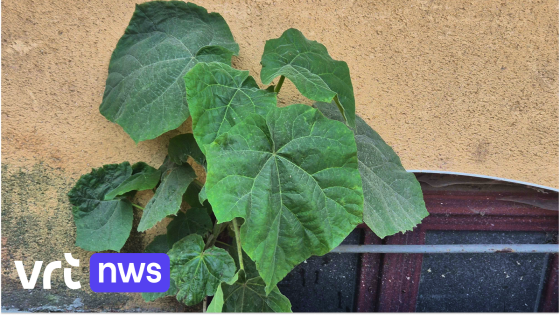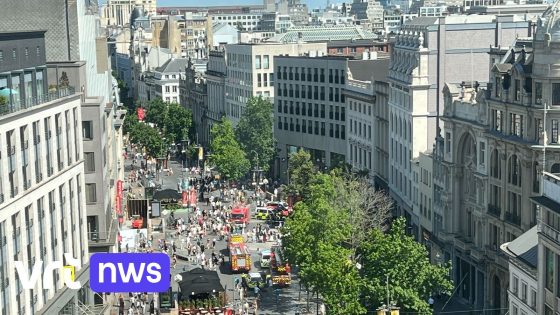Anna Paulowna trees are unexpectedly sprouting in Gent’s Bijlokewijk, growing through cracks in sidewalks and even cellar openings. This rapid growth was first noticed around 2025-07-02 13:31:00, when the ornamental plant was found thriving in a local sewer system. Such resilience raises questions about urban plant management in Belgian cities.
- Anna Paulownabomen groeien in Gentse trottoirs
- Wortels nestelen zich in smalle kieren
- Sierplant vond plek in riool vorig jaar
- Plantenwortels veroorzaken mogelijk schade aan infrastructuur
- Grote bladeren bieden extra verkoeling in stad
- Snelle groei van Anna Paulownabomen vastgesteld
While these trees’ roots can infiltrate narrow gaps, potentially damaging infrastructure, their large leaves offer a natural cooling effect in the city’s often warm streets. Could these plants be both a threat and a benefit to Gent’s urban environment?
Understanding this dual impact is crucial for city planners and residents alike as the city balances greenery with infrastructure maintenance. Let’s explore the key points behind this unusual botanical phenomenon.
Why are these trees thriving in such unlikely places? Their ability to send roots through tiny splits allows quick establishment, but this can harm sidewalks and underground structures. At the same time, their broad leaves help reduce urban heat.
- Roots penetrate cracks, risking damage to pavements and cellars.
- Large leaves provide shade and improve local cooling.
- The plant’s presence in sewers shows its adaptability and resilience.
- Urban greenery must balance ecological benefits with infrastructure safety.
As Gent and other Belgian cities face rising temperatures, could embracing such resilient plants become part of urban cooling strategies? Monitoring and managing these trees carefully will be key to turning a potential problem into a green advantage.


























![[Adobe Stock]](https://news.faharas.net/wp-content/uploads/2025/07/Ketogenic-Diet-Boosts-Brain-Blood-Flow-by-22-and-BDNF-230x129.jpg)




